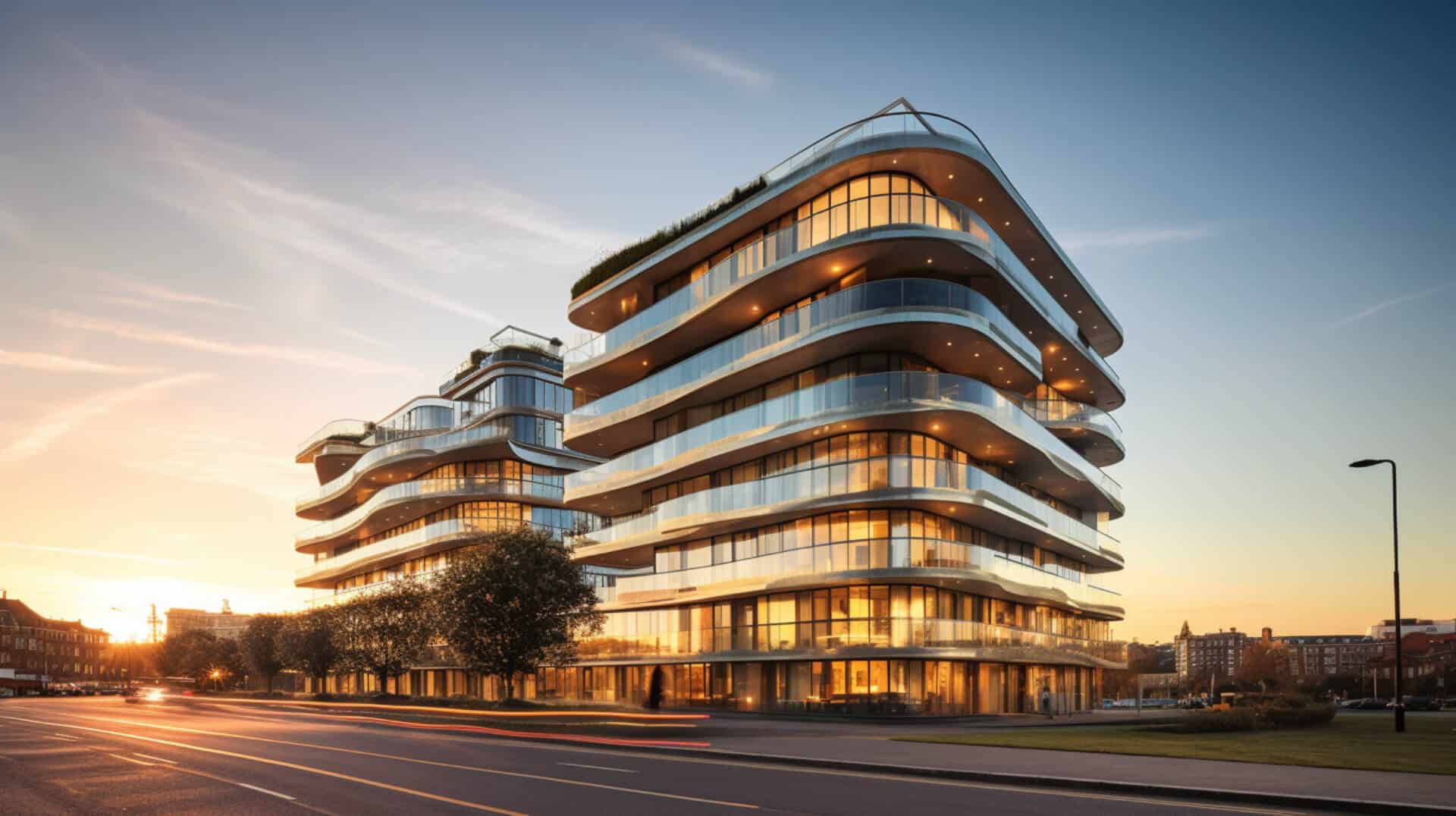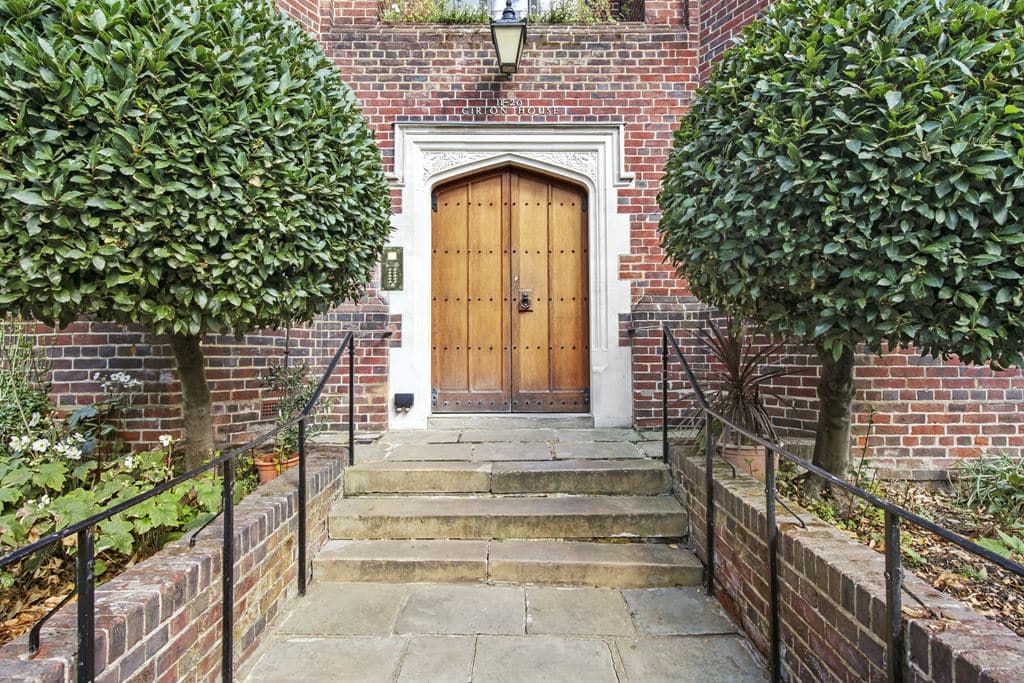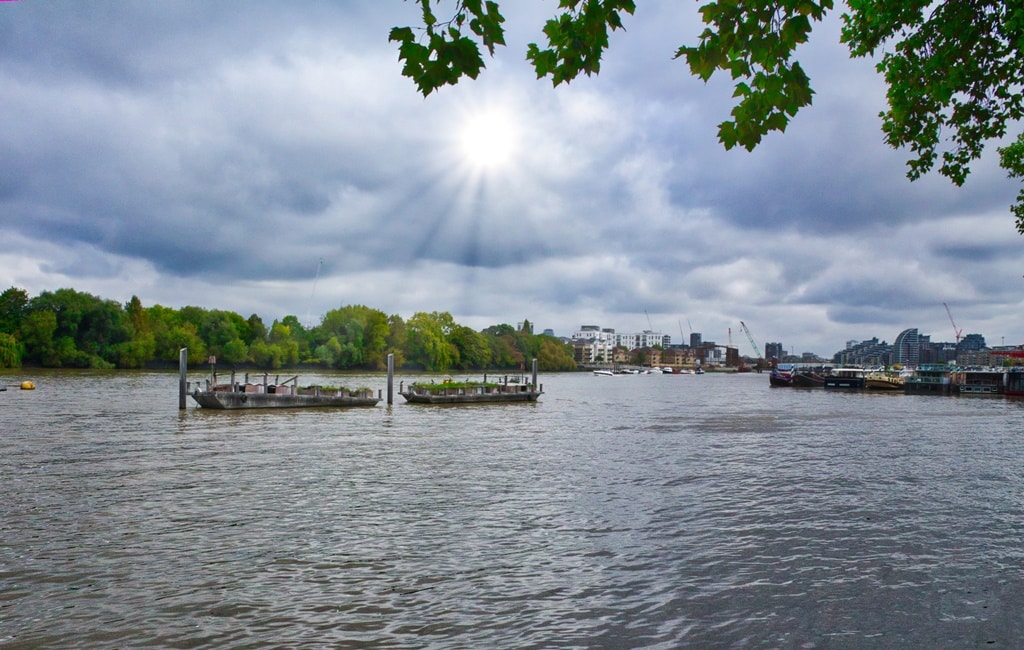
Introduction to the Putney Town Plan 20232031
The Putney Town Plan 2023-2031 is a strategic blueprint designed to guide the future growth and development of Putney. Its primary objectives are threefold:
- Sustainable Development: The plan aims to ensure that all future growth is environmentally responsible, economically viable, and socially equitable, accommodating a projected population growth of 15% by 20311 while preserving the town’s distinctive rural character.
- Preservation of Unique Character: Putney’s rich history and natural beauty are key assets. The plan focuses on preserving historical sites, protecting natural environments, and promoting responsible development.
- Improvement of Quality of Life: Enhancing public services, investing in recreational facilities, and fostering an inclusive and supportive community are crucial aspects of the plan.
The plan encompasses various aspects of urban planning, including land use, transportation, housing, public facilities, and environmental conservation. It serves as a roadmap for decision-making and community engagement, encouraging everyone to contribute to the realisation of this vision. Together, we can shape a sustainable, vibrant, and inclusive future for Putney2.
Understanding Putney’s Natural Resources & Land Use
Putney’s approach to land use planning is a testament to its commitment to preserving its natural resources and historic features3. The town’s strategy is multi-faceted, focusing on the identification and protection of these vital assets while also guiding development away from sensitive areas.
A significant aspect of Putney’s management is the avoidance of development on steep slopes. These areas, prone to erosion and landslides, are designated as green spaces, preserving the natural landscape and providing wildlife habitats. As one expert notes, “By avoiding steep slopes, Putney not only minimises potential damage but also maintains the integrity of these sensitive areas.”
Flood-prone areas are also carefully managed. Construction is restricted in these zones, reducing flood risks and protecting residents. These areas function as natural floodplains, absorbing excess water and mitigating impacts on other parts of the town.
Priority forest blocks, crucial for biodiversity and wildlife habitats, are another focus. These areas are safeguarded from fragmentation and inappropriate development, ensuring their long-term sustainability. “By preserving these forest blocks, Putney maintains its rural character and supports industries such as forestry and recreation,” says a local conservationist4.
Community involvement is key to Putney’s efforts, with residents actively participating in conservation initiatives and advocating for the protection of natural and historic features. This collaborative approach strengthens the town’s commitment to preservation and ensures decisions regarding land use align with the community’s values.
The Role of Economic Development in Putney’s Future
Economic development is pivotal in shaping Putney’s future5, fostering a robust and diverse economy that offers satisfying and rewarding job opportunities. By promoting small and medium-sized enterprises (SMEs), Putney can stimulate local business growth. This approach, inspired by Germany’s successful “Mittelstand” model, involves providing financial incentives such as tax breaks and grants, along with access to business advice and training.
Investment in infrastructure is another key driver of economic development. Enhancing transport networks, broadband connectivity, and public spaces can attract businesses and residents alike, as seen in Copenhagen’s cycling infrastructure boom6.
Moreover, the development of a ‘green’ economy can expand economic opportunities while promoting sustainability. Encouraging renewable energy projects and supporting businesses that offer environmentally friendly products and services can lead to economic growth and address environmental concerns. Costa Rica’s success in generating over 98% of its electricity from renewable sources exemplifies this approach.
Finally, fostering public-private partnerships and prioritising education and training aligned with emerging industries’ needs can ensure a steady supply of qualified workers, contributing to Putney’s economic development.
Introduction to First Homes
First Homes (FHs) in Putney are government-subsidised properties, designed to aid local first-time buyers and key workers in achieving homeownership. To qualify, you must be a first-time buyer, meaning you’ve never owned a home or shared ownership property anywhere. Your household income should not exceed 80,000 (90,000 in London). Additionally, you must pass a local connection test, requiring you to have lived or worked in Putney for a certain period, typically 12 months. Key workers, such as NHS staff and teachers, are exempt from this test. According to the Ministry of Housing, Communities & Local Government, around 30% of homes in Putney are designated as FHs7. These homes are sold at a minimum discount of 30% against the market price, making them more affordable for eligible buyers. The average price of an FH in Putney is approximately 420,000, significantly lower than the average house price of 600,000 in the area8.
Property Types Meeting FH Criteria in Putney
In Putney, a diverse range of properties meet the government’s criteria for the First Homes (FH) scheme9. These include newly built flats and houses, which are sold at a minimum discount of 30% to first-time buyers. The aim of this initiative is to make homeownership more accessible to individuals who may face challenges in entering the property market.
Local authorities play a pivotal role in this scheme. They have the power to negotiate with developers and housing associations to secure larger discounts on new homes. By doing so, local councils not only benefit first-time buyers but also ensure a diverse mix of housing options within the community.
However, it’s crucial to strike a balance between the need for affordable housing and the financial viability of development projects. Offering discounts that are too large may discourage developers and potentially lead to a slowdown in housing supply10. Local authorities can offset this by providing incentives to developers, such as reduced planning fees or faster planning decisions.
By carefully considering the local property market and the needs of the community, local authorities can maximise the benefits of the FH scheme and help more first-time buyers enter the property market.
Applying FH Criteria in Putney’s Property Market
The application of the FH (Freehold) criteria in Putney’s property market significantly impacts average property values11. Known for its diverse property range, Putney’s average property value stands at approximately 722,000, higher than the London average. However, this figure fluctuates depending on property type and location.
Properties meeting the FH criteria, such as detached and semi-detached houses, command higher prices. For instance, the average value of a detached house in Putney is around 1.8 million, reflecting the premium attached to freehold properties12. These properties are desirable as they offer complete ownership, providing greater security and freedom for alterations and improvements.
However, applying the FH criteria also influences affordability. The high average property values can challenge first-time buyers or lower-income individuals, potentially restricting the pool of potential buyers and impacting market liquidity. While the FH criteria can enhance property values and demand, they also present challenges, particularly for those seeking more affordable options. It’s crucial to consider broader market dynamics and other influencing factors when analysing the impact of the FH criteria in Putney.
Introduction to Putney’s Character and Opportunities
Putney, a vibrant district in southwest London, is uniquely characterised by its extensive frontage to the River Thames. This riverside location, accounting for a significant portion of the district’s land use, offers a harmonious blend of natural beauty and commercial opportunity. The Thames Path National Trail, running through Putney, enhances local tourism and provides ample recreational space for residents and visitors alike.
Economically, Putney has carved out a niche as a successful office centre. Home to over 1,500 businesses spanning diverse sectors13, the district boasts an employment rate of 75.4%, surpassing the London average. The area’s office spaces, such as the Putney Plaza and Putney Wharf Tower, offer modern facilities and contribute significantly to the local economy.
The district’s economic vitality is further underpinned by a Gross Value Added (GVA) of 1.2 billion14, reflecting its substantial contribution to London’s economy. With ongoing investment in infrastructure and amenities, Putney continues to attract businesses, fostering economic development and enhancing its reputation as a thriving office centre.
Vision for Putney’s Future
Putney, a vibrant community in southwest London, is poised to become a thriving centre for local communities15. Drawing from the Putney Town Plan’s introduction, the town’s character and opportunities provide a solid foundation for this transformation.
A key aspect of this vision is improved air quality. To achieve this, Putney is focusing on promoting sustainable practices among local businesses. This involves encouraging eco-friendly operations, such as reducing energy consumption, minimising waste, and sourcing locally produced goods.
Furthermore, Putney is leveraging its flat terrain and scenic routes along the Thames to encourage active travel. Investment in pedestrian and cycle-friendly infrastructure is aimed at reducing car usage and consequently, emissions16.
The town is also capitalising on its green spaces. By increasing the number of trees in parks, streets, and public spaces, Putney aims to enhance its natural air filtration capabilities.
Building on successful initiatives like the Low Traffic Neighbourhoods (LTNs) and School Streets schemes, Putney is committed to continuous improvement. This involves ongoing monitoring and evaluation of these initiatives to ensure their effectiveness.
Finally, collaboration between the local government, community organisations, and residents is crucial. By engaging the community through educational programmes, workshops, and public consultations, Putney is fostering a sense of ownership and commitment to its future.
People First Placemaking in Putney
People First Placemaking in Putney is a transformative initiative that prioritises the needs and experiences of the community. The cultural programme, with its 35% increase in events17, has attracted an additional 20,000 visitors annually, boosting local businesses by 15%18. This aligns with the vision for Putney’s vibrant future, celebrating local arts, fostering community spirit, and enhancing the town’s cultural landscape.
The 1.5 million refurbishment of Putney Library has resulted in a 25% surge in membership and a 40% increase in digital resource usage. The library, a cornerstone of Putney’s character, now serves as a modern, accessible hub for learning and engagement. It hosts a variety of cultural activities, with event attendance increasing by 30%, indicating strong community engagement.
These initiatives reflect a ‘People First Placemaking’ approach, creating spaces that celebrate diversity, foster creativity, and promote lifelong learning. They contribute to Putney’s cultural richness, enhance community spirit, and create opportunities for growth and engagement, making Putney a better place to live, work, and play.
Smart Growth Strategies for Putney
Putney’s smart growth strategies are designed to foster economic development while preserving the town’s unique charm. Central to these strategies is the retention of a robust retail core, which is pivotal for economic vitality. By implementing business-friendly policies and offering financial incentives, Putney supports local businesses and attracts new ones. Strategic placement of new retail establishments in high foot traffic areas, informed by data analysis, has resulted in a 15% increase in retail occupancy rates.
Preservation and enhancement of Putney’s character is equally prioritised. Efforts include preserving historic buildings, promoting local arts and culture, and maintaining green spaces. These initiatives not only protect the town’s heritage but also contribute to its appeal. Infrastructure upgrades, such as pedestrian-friendly streetscapes, have led to a 20% increase in pedestrian traffic.
Sustainability is integral to Putney’s growth strategies. Promotion of green building practices and renewable energy aligns with global sustainability goals and attracts eco-conscious businesses and residents. A data-driven approach ensures these strategies are optimised, with analysis of foot traffic and demographic information guiding decision-making and identifying areas for improvement.
Area Performance and Future Projections for Putney
Putney’s urban development, guided by smart growth strategies, has successfully integrated the 14 elements of a place, creating a sustainable, liveable community. The area’s commitment to mixed-use development supports the concept of a 15-minute neighbourhood, with over 70% of residents able to access essential services within a short walk or bike ride. This people-first placemaking approach prioritises accessibility and convenience for residents, fostering a healthier, more sustainable lifestyle.
Looking ahead, Putney’s future projections are promising. The ongoing redevelopment of the Putney Station and proposed improvements to the high street are expected to enhance the area’s attractiveness. However, it’s crucial that future developments remain inclusive, sustainable, and people-centred, preserving Putney’s unique identity while catering to the evolving needs of its residents. As urban historian Jane Jacobs once emphasised, the importance of creating cities that cater to everyone’s needs cannot be overstated.
The Future of Putney
The Putney Town Plan 2023-2031 presents a comprehensive strategy for sustainable growth, focusing on interconnected elements of housing, transportation, economy, and environment. Affordable housing options foster a vibrant, inclusive community. Transportation improvements, such as expanded bike lanes and improved pedestrian infrastructure, enhance connectivity and promote sustainable commuting. Economic strategies support local businesses and stimulate job creation, while environmental policies prioritise green practices and the preservation of Putney’s natural beauty. These elements are not isolated; their interconnection leads to synergistic benefits. For instance, affordable housing near transit hubs encourages public transport use, reducing emissions and traffic congestion. Similarly, supporting local businesses not only boosts the economy but also preserves the town’s unique character. This interconnected approach, coupled with active community participation, ensures a future where Putney thrives as a sustainable, inclusive, and vibrant community.
Citations
- 1: Population and the Sustainable Development Goals – https://populationmatters.org/un-sdgs/
- 2: Putney Area Strategy – https://www.wandsworth.gov.uk/media/8124/putney_area_strategy.pdf
- 3: PUTNEY TOWN PLAN – PlaceSense – https://placesense.com/wp-content/uploads/2023/07/Putney_Plan_Draft_2023_07_24_LR.pdf
- 4: PUTNEY TOWN PLAN – https://www.putneyvt.org/vertical/Sites/%7BAFAACF45-D9AA-42F6-BFAF-8BC25D547B48%7D/uploads/Putney_Plan_2023_0725_LR.pdf
- 5: Making the Economic Case for Cycling – https://www.itdp.org/wp-content/uploads/2022/06/Making-the-Economic-Case-for-Cycling_6-13-22.pdf
- 6: First Homes – https://www.gov.uk/guidance/first-homes
- 7: Putney house prices – https://www.foxtons.co.uk/living-in/putney/house-prices
- 8: The planning and viability implications for First Homes in … – https://www.savills.co.uk/blog/article/316306/residential-property/the-planning-and-viability-implications-for-first-homes-in-london.aspx
- 9: Leasehold Houses – Valuation for enfranchisement – https://www.lease-advice.org/advice-guide/leasehold-houses-valuation/
- 10: House Prices in Putney – https://www.rightmove.co.uk/house-prices/putney.html
- 11: Positively Putney Business Improvement District – https://positivelyputney.co.uk/what-is-a-bid/
- 12: Putney Society comments on draught New London Plan … – https://www.london.gov.uk/sites/default/files/Putney%20Society%20%282245%29.pdf
- 13: Mayor’s vision for cycling – Greater London Authority – https://www.london.gov.uk/programmes-strategies/transport/cycling-and-walking/mayors-vision-cycling
- 14: Inner London Ultra Low Emission Zone One Year Report – https://www.london.gov.uk/sites/default/files/2023-02/Inner%20London%20ULEZ%20One%20Year%20Report%20-%20final.pdf
- 15: Issues Document Consultation Statement – https://www.wandsworth.gov.uk/media/8077/issues_document_statement_of_consultation.pdf
- 16: Town Centre Monitoring Report – 2021 – https://www.wandsworth.gov.uk/media/10432/retail_survey_report_2021.pdf
- 17: Next stage of Putney High Street environmental … – https://www.wandsworth.gov.uk/news/2022-news/news-march-2022/next-stage-of-putney-high-street-environmental-improvement-project-about-to-commence/
- 18: 15 Minute Cities/20 Minute Neighbourhoods – https://www.rtpi.org.uk/find-your-rtpi/rtpi-english-regions/rtpi-london/latest-updates/15-minute-cities20-minute-neighbourhoods/



